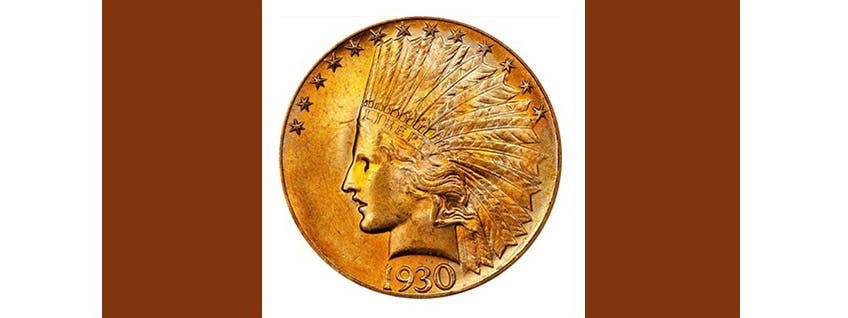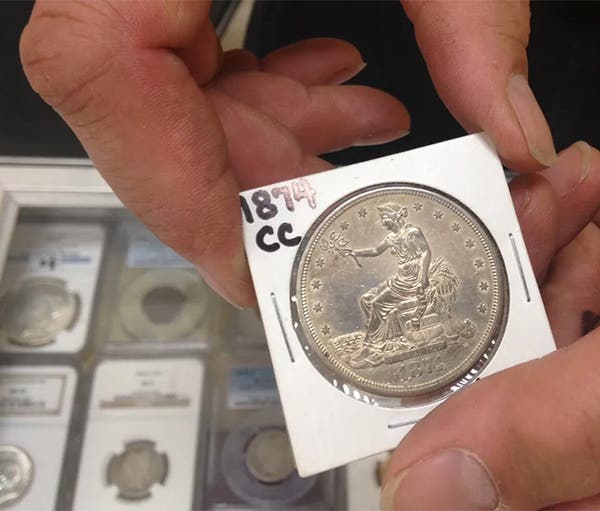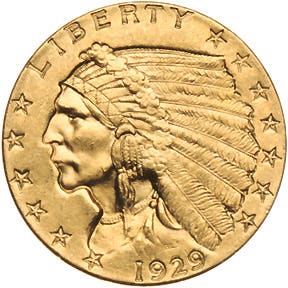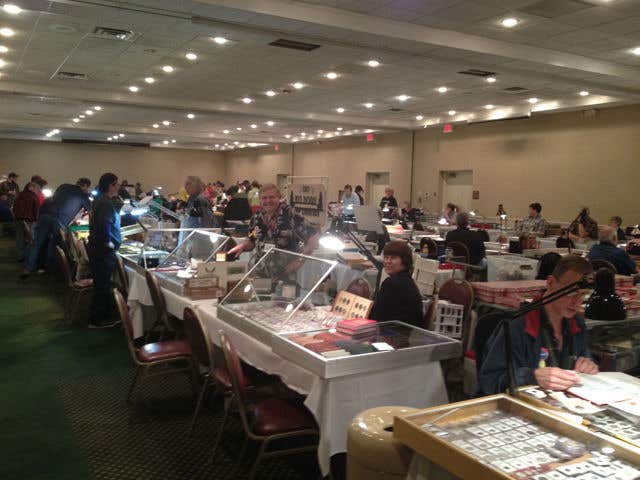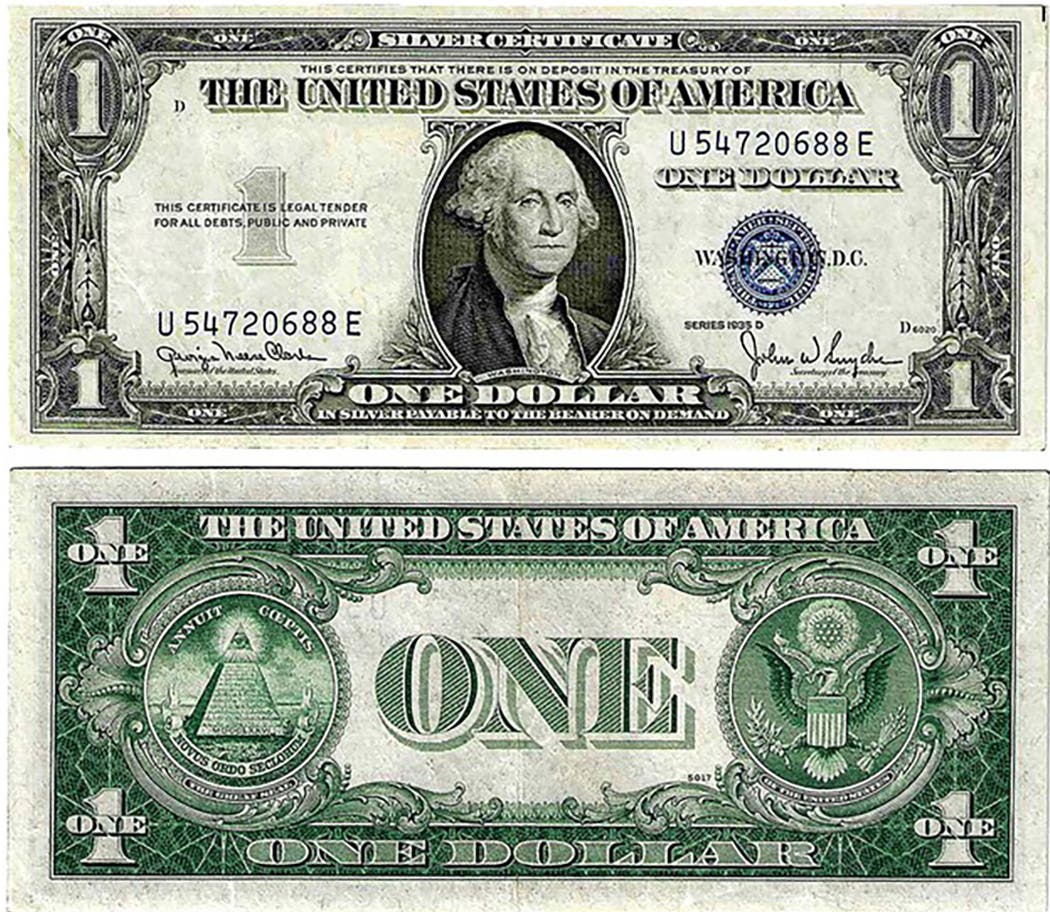Do Challenge coins use specific metals?
Modern art medals occasionally use non-traditional compositions including rocks, glass, and even organic materials. Is there a specific metal or metals from which Challenge Coins are expected to be produced?…
Modern art medals occasionally use non-traditional compositions including rocks, glass, and even organic materials. Is there a specific metal or metals from which Challenge Coins are expected to be produced?
There are no specific ‘rules’ dictating the designs or composition a Challenge Coin must follow. Since Challenge Coins are privately issued they have already been made using gold, silver, brass, nickel, iron, copper and porcelain.
What designs are most commonly used on Challenge Coins?
Since a majority of Challenge Coins are issued to recognize military units official military emblems appear to be the most commonly used motives. Many Challenge Coins are color enhanced using paint or banked enamel.
What kind of collectors’ market is there for Challenge Coins?
I would describe the current market as ‘fledgling.’ So far it appears to be something primarily embraced by military personnel, although not all Challenge Coins are military in nature. Art medal collectors don’t appear to have much interest in them and without some sort of catalog coin collectors are following suit. There wasn’t much interest in So-Called Dollars until someone began cataloging them. Perhaps someone should take on the challenge of cataloging Challenge Coins.
I purchased about 40 Franklin halves from an estate decades ago. The collector had placed each half into small square manila colored envelopes. The coins all have a dull appearance. I assume this is from some chemicals in the envelopes. Is there something that can be done to improve the look while not devaluing the coins?
Without seeing your coins or the envelopes I can only guess, however it is likely environmental tarnish rather than a reaction to polyvinyl chloride (PVC). Rather than seek to make the coins ‘white’ through ‘improving’ their eye appeal I would first show them to a dealer to determine if the dull appearance is detrimental to their value. Anytime you attempt to ‘improve’ the looks of a coin your take the risk you may unintentionally devalue it.
If I store coins in what appear to be manila envelopes what chemicals might make the coins change colors?
Many of the 2-by-2 envelopes used to store coins years ago contain sulfur. The sulfur will interact with the silver or copper composition coins, eventually toning them.
This article was originally printed in Numismatic News. >> Subscribe today.
If you like what you've read here, we invite you to visit our online bookstore to learn more about Coins Magazine.


